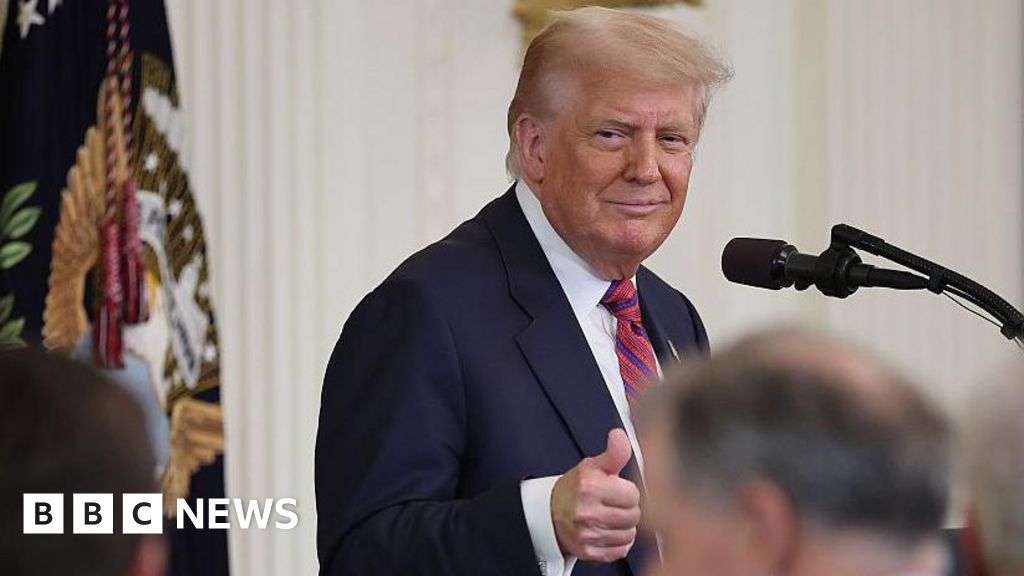
WASHINGTON, DC - JUNE 11: Erica Ford speaks during March for Our Lives 2022 on June 11, 2022 in ... More Washington, DC. Erica Ford is a gun violence prevention activist and founder of LIFE Camp, an organization committed to putting an end to gun violence in communities across the country. (Photo by Paul Morigi/Getty Images for March For Our Lives)
Getty Images for March For Our LivesPrevious surgeon general Dr. Vivek Murthy issued an advisory on firearm violence in America, declaring it a public health crisis. This should come as no surprise, as there were 503 mass shootings in America in 2024, which is more than one a day according to Gun Violence Archive.
I had the good fortune of moderating an expert panel discussion on gun violence prevention in Washington D.C. at the 2024 Milken Institute Future of Health Summit. Here are five key solutions the panel came up with to help combat gun violence.
Addressing Root Causes Of Violence
Gun violence has so many root causes, but it often stems from social determinants such as poverty, unemployment and systemic inequities. Policymakers and government officials need to make education more accessible, expand job opportunities and allow housing to become affordable in order to mitigate conditions that foster violence.
Dr. Zachary Meisel, Professor of Emergency Medicine at the University of Pennsylvania said, “We need to really be thinking holistically, upstream about the root causes of violence, but also downstream about the interventions that actually can change the trajectory of firearm injuries.” Without addressing root causes of violence, long-term solutions and improvements can never be realized.
Investing In Community-Based Interventions And Programs
Gun violence is now the leading cause of death in young people in America, disproportionately affecting people of color particularly in urban areas. Community-based violent intervention programs can make a huge dent in preventing gun violence, as done in some big cities throughout the U.S. Such programs have resulted in a 63% decrease in gun shooting victimization in South Bronx and a 43% reduction in gun-related deaths in Richmond, California.
The programs hire trained community members to mediate conflicts and prevent retaliatory violence, which can be instrumental in decreasing shootings. Investing in these programs can prove critical in preventing so many common tragedies attributable to firearms.
Advocating For Legislative Reform
Comprehensive background checks will always be a pillar for gun violence prevention. States that have laws that require in-person applications and fingerprinting before purchasing guns have decreased rates of homicides and suicides by firearms compared to states without such laws. Additionally, requiring licensing for firearm ownership including mandatory safety training, ensures that only responsible individuals can access guns.
It can of course be difficult to pass legislation with respect to guns, given how starkly divided America stands with respect to the right to bear arms.
Stefanie Feldman, previous Director of the White House Office of Gun Violence Prevention under President Biden, said, “Really mobilizing people around specific issues and being willing to partner with people who you might agree on one piece of the puzzle with, even though they don’t agree on the whole concept…Taking people wherever they are willing to partner on this issue moves the ball forward, and every life saved matters.”
Expanding Mental Health Resources
The effects of gun violence do not just affect those that die, but also the many more that survive, as well as the family and friends of those that survive. The mental trauma that results from these events can result in not only anxiety and depression, but also the constant fear that it could happen again.
While the majority of people with mental health conditions are not violent, enhanced access to mental health services can play a critical role in reducing suicides by firearms, which account for the majority of gun deaths in the U.S.
Strategies to expand mental health resources include increasing funding for mental health care, integrating mental health and violence screening into routine medical health visits and creating crisis intervention programs.
Strengthening Research And Data Collection
Science and public health rely on data and research. Innovation and change in science are driven by data that supports or refutes ideas and hypotheses. The data collected from this research can inform evidence-based policies and interventions to reduce and prevent gun violence.
Gun violence can be entirely preventable, and many high-income countries have much lower rates of it compared to America. Although many Americans remain divided on the issue of firearm use, the vast majority want safe and secure communities.
As Angela Ferrell-Zabala, Executive Director of Moms Demand Action, said, “I’ve talked to some people that have very, very different politics than I do, and we are able to come to some agreement together…And you start there, and you build from that.”









 English (US) ·
English (US) ·